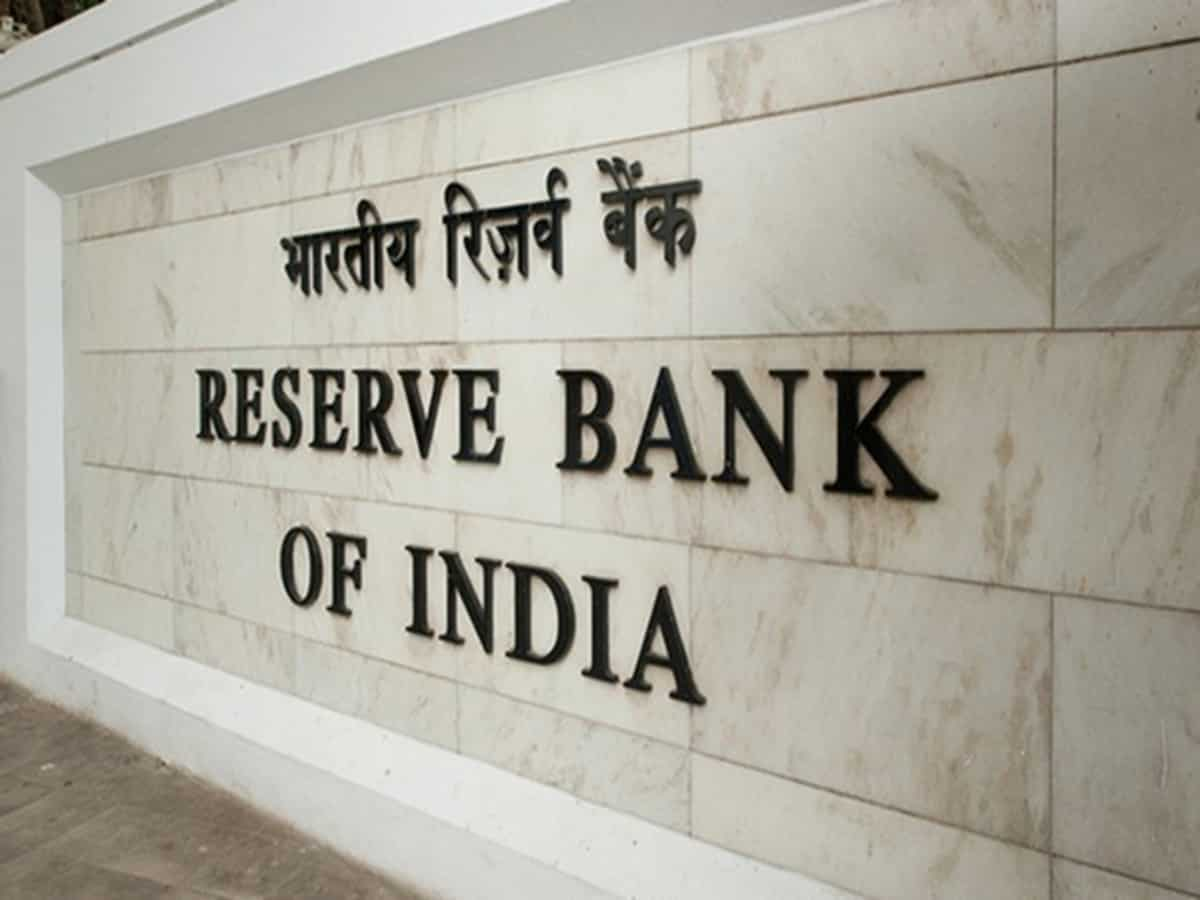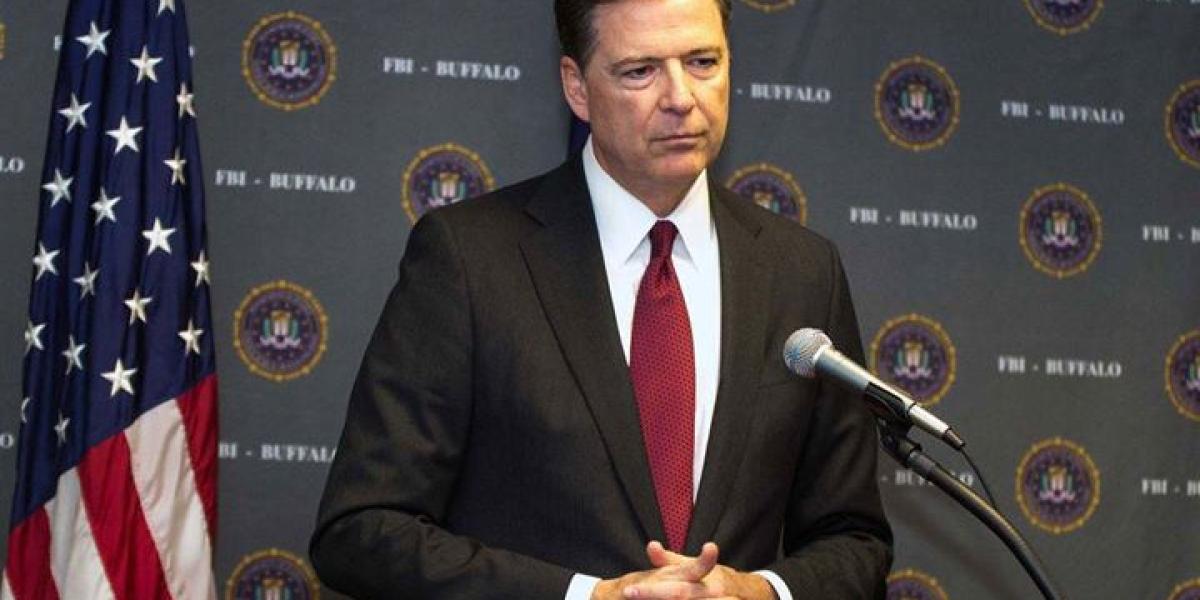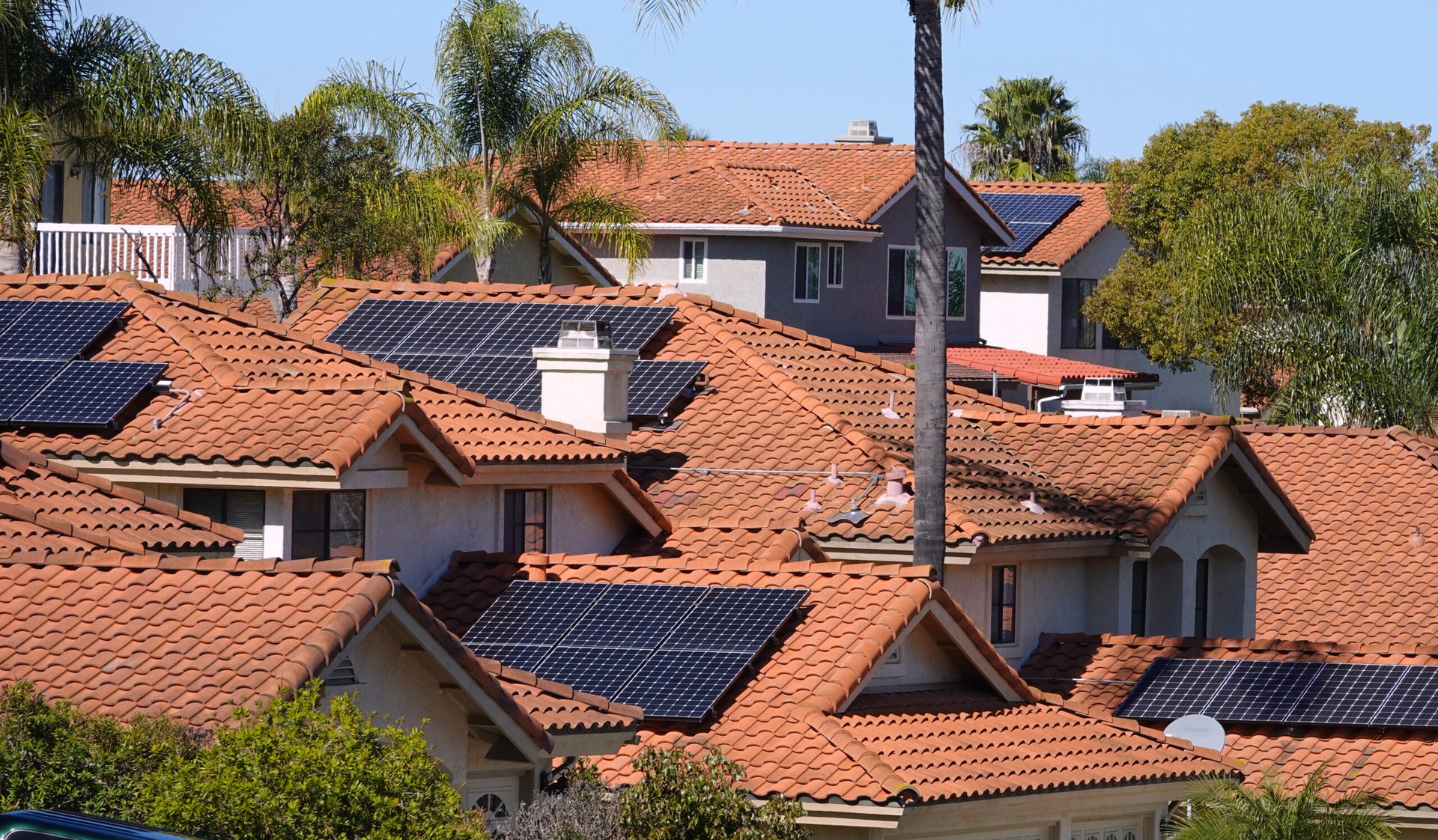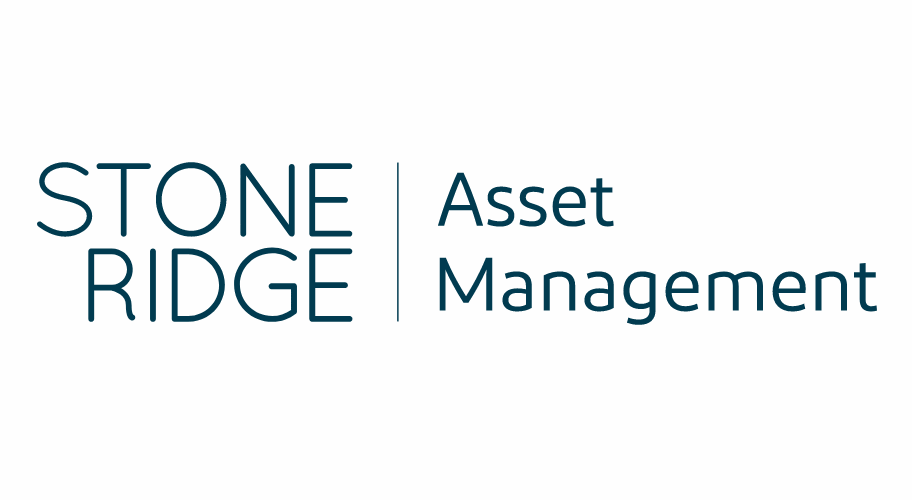WHEN BRANCHES of First Republic Bank, the latest regional lender to buckle in the face of surging American interest rates, opened on May 1st, they did so as branches of JPMorgan Chase. The banking giant snapped up the troubled California-based lender in an auction arranged by the Federal Deposit Insurance Corporation (fdic), a regulator, over the weekend. JPMorgan will assume all of First Republic’s $100bn-odd deposits; losses on the bank’s residential and commercial loans will be shared with the fdic.
First Republic began to look vulnerable after the collapse of Silicon Valley Bank (svb) in March. Both banks had lots of depositors not covered by federal deposit insurance, who tend to be flighty. And flee many did: First Republic’s deposit base collapsed in the first quarter of the year, from $176bn at the end of 2022 to $104bn at the end of March. The bank turned to expensive short-term borrowing, some of it from the Federal Reserve’s emergency facilities, to plug the gap. Loans it had made when interest rates were low have slumped in value, leading to worries about its solvency.
In short, First Republic faced a more extreme version of the problem faced by other lenders. Rapidly rising interest rates have hit American banks on both sides of the balance-sheet. Their assets, in the form of loans and bonds, are worth less thanks to high interest rates. Their liabilities, in the form of deposits, are increasingly uncompetitive against highly liquid and safe American money-market funds, which offer yields of almost 5%.
The deal offers two points of reassurance for the rest of the American banking system. The first is that the takeover is not a bolt from the blue. First Republic’s share price fell by 89% between March 8th and 20th, the period of acute panic after the fall of svb. Since then, its name has been top of the list of lenders about which investors are fretting. When its share price began crashing again after it released a dismal set of quarterly earnings on April 24th, other American banks’ shares were unruffled, offering hope that its woes will not be contagious.
The second point of reassurance is that a sale has been arranged at all. It suggests big banks still see opportunities in acquiring the assets of their struggling peers. The takeover may also be a step towards a healthier industry. America has around 4,700 banks and other savings institutions; some consolidation would not go amiss. On this occasion, a rule that banks with more than 10% of deposits nationwide cannot buy other lenders appears to have been waived to get a deal through, since it would have disbarred JPMorgan from making the purchase.
But such reassurance applies to the banking industry as a whole—not to firms in similar positions. The first attempt to steady First Republic came in March when several big banks, including JPMorgan, announced they would deposit $30bn with the institution. Evidently, the vote of confidence was insufficient to reassure investors and depositors. Despite their resilience in the last week of April, American regional-bank shares are down 30% from two months ago, and have not recovered at all since svb’s collapse. Attractive yields on short-term government bonds held by money-market funds will continue to be a source of pressure.
Meanwhile, the fdic estimates that its deposit-insurance fund will shoulder a cost of about $13bn in facilitating the deal, to add to the $20bn it lost after the collapse of SVB and the $2.5bn when Signature Bank went under. Together, the losses account for more than a quarter of the $128bn the deposit fund held at the end of 2022. As the fund is run down, banks may be forced to chip in to refill it.
The questions now are how other midsized banks respond to the pressure of rising rates, and what the extent of the economic damage will be. PacWest Bancorp, another regional lender with a battered share price, recently announced it was exploring asset sales in response to deposit outflows. Tan Kai Xian of Gavekal, a research firm, has noted that more asset sales by smaller banks means fewer new loans, and more conservative lending standards: “This self-reinforcing cycle seems unlikely to be quickly broken.” America’s banking turmoil is not yet at an end. ■







































